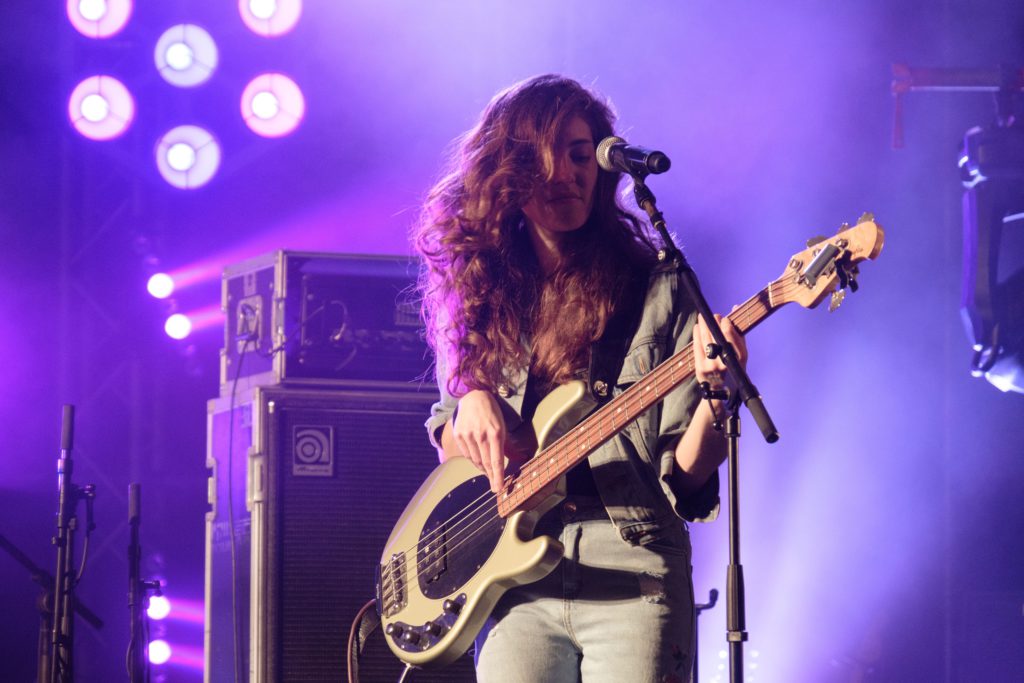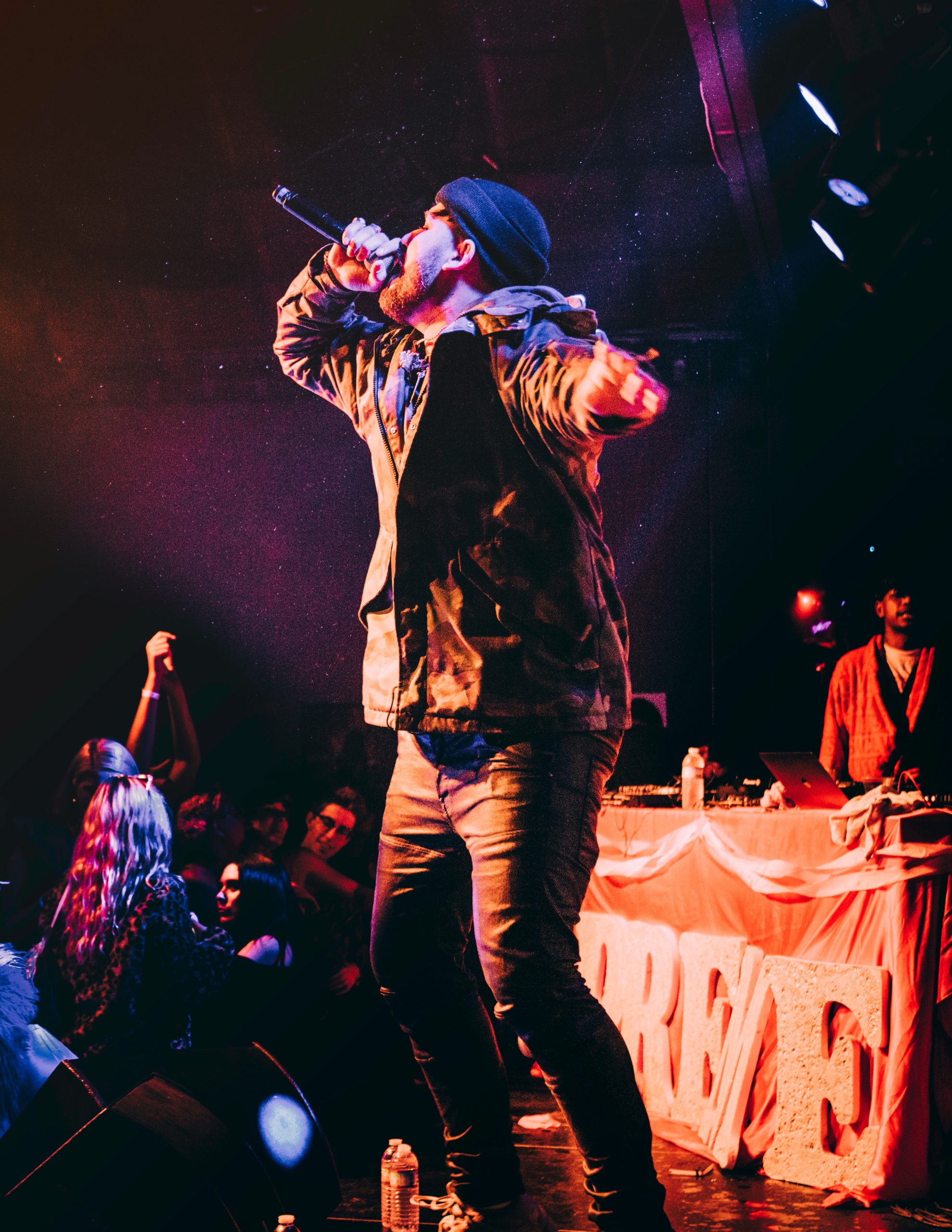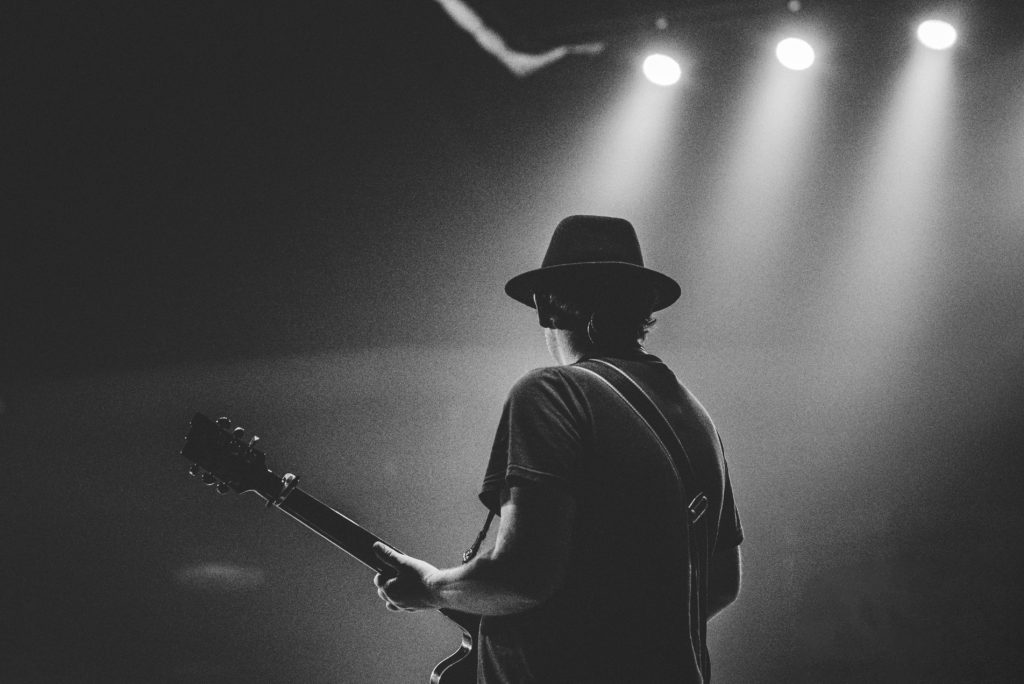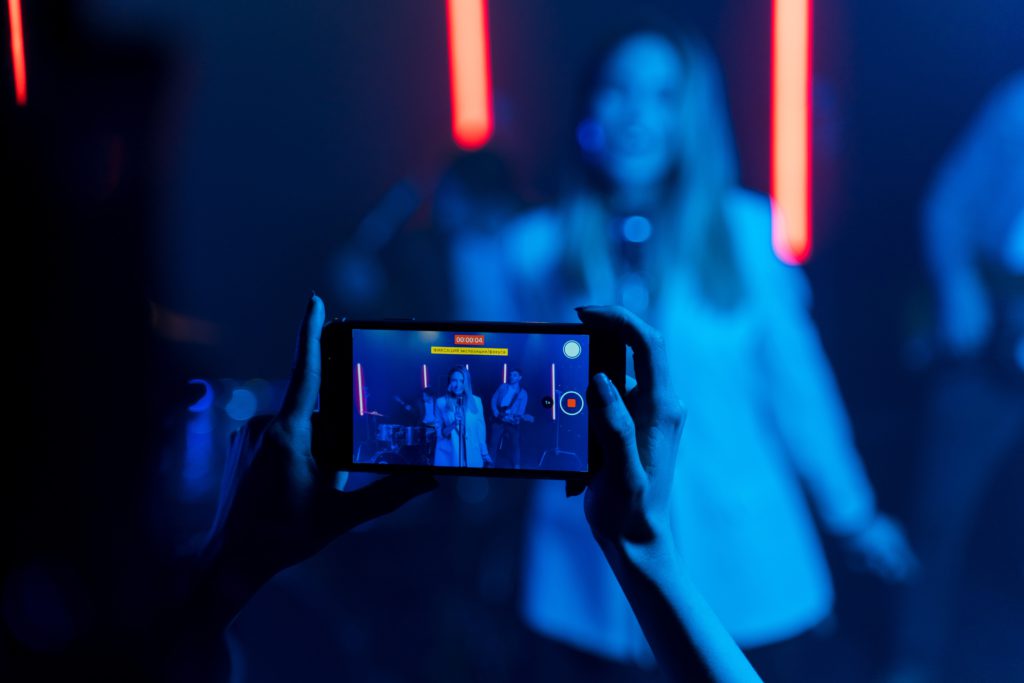
If you’ve released music any time recently, you know just how many avenues there are to get your music out there. If you’ve used platforms like TuneCore, CDBaby, DistroKid, or any other distributor that brings your music into online stores and on streaming services, you’ve seen the dozens of outlets you have the choice to send your music to––most you may have never even heard of.
If you’re collecting royalties from your distributor, even if your music is on all streaming platforms, you may still be missing out on royalties. We’ve outlined the methods you can use to collect the royalties you’re owed everywhere they might be hiding. It’s estimated that 20%-50% of all music royalties are never collected.
The music industry is a highly profitable sector. From just one stream of income, PROs (or performance rights organizations) collected over $1 billion in 2020. While distributors collect royalties from streaming services, YouTube, and online stores, there are other places royalties may be hiding. Here are some steps to start collecting all of your royalties.

Distribution
First, you need to release your music through a distribution service. CDBaby, Tunecore, and DistroKid are some distributors many independent artists use as their pipeline to Spotify, Apple Music, and more. Some charge a one-time annual fee, while other boutique streamers usually take a percentage of sales. Services like STEM and AWAL are selective about what artists are on their platform, as they’re still curating a brand. Many of these boutique distributors have successfully placed songs on prominent playlists on the primary streaming services.

Join a PRO
PROs, or performance rights organizations, are societies that collect royalties for artists whenever their music is publicly broadcast. Examples of public broadcasting include live concerts, streaming, album sales, and radio play. In the United States, ASCAP and BMI are the two biggest PROs.
CMOs are similar to PROs in that they collect royalties from live performances and broadcasting, but there are some other selling points. In addition to the performance royalties, they also collect mechanical royalties. They collect royalties for their artists and songwriters internationally. Mechanical royalties are earned whenever a physical or digital copy of your LP, EP, or single is sold or streamed.
It’s important to know that PROs only collect performance royalties. They don’t claim mechanical royalties ever. This is why having a publisher comes in handy.

Publishers
To guarantee you’re seeing all of your royalties, it’s wise to associate with a music publisher or publishing administrator. Both can help you collect money from performance, mechanical, and micro-sync royalties.
Traditional publishers typically sign their writers with a combination of an advance and a percentage of your royalties. The reason writers and artists sign deals like this instead of using a more accessible service are because they usually have an effective PR/marketing department that helps place your songs.
Services like Songtrust are publishing administrators, but the one downside of using a platform like this is that there’s no team of people who have a vested interest in making sure you get placed and synced as much as possible.

Make Sure You’re Collecting on Neighboring Rights (Global) or Digital Performance Royalties (US)
Neighboring rights are often the most overlooked royalty stream by new artists. They’re very similar to performance royalties except paid to the recording owner and the performing artists. In the US, this work is handled by SoundExchange, but many regional companies are set up to collect these royalties all over the rest of the world.
For Backup Musicians and Session Players
You might be entitled to additional royalties if you played on a release of a label associated with AFM and SAG-AFTRA. This information is available to check for free on their website.
YouTube Sound Recording Revenue
You get paid if your music is used in someone else’s YouTube video. The split for YouTube is 55% to you and 45% to the platform. Facebook and Instagram also pay out sound recording revenue, but their rates aren’t public. Most distributors have a feature where you can enable collection from YouTube, but if your distributor doesn’t offer that, there are other ways to collect.

TV, Movies, Ads, and Games
If your music is used in TV, a movie, a commercial, a video game, or a trailer, the music supervisor (who places your music in the media) needs to acquire a master use license and a sync license. The master license usually comes from the label, and the sync license comes from the publisher. Some royalties go to the publisher/PRO and others to the labels.
Commercial Residuals
If your music was featured with vocals in a TV commercial, you could earn residual on each performance. Before syncing your music to a commercial, ask if they’re affiliated with SAG-AFTRA. If so, you may get an exceptionally high payout per performance or use of your song.
Conclusion
The takeaway is that simply registering with a PRO or CMO and using a distribution service are not enough to collect all of your royalties. For performance royalties, you’ll need a PRO. For mechanical royalties, you can access payments from your distribution service and SoundExchange. In conclusion, there are lots of hiding places for your royalties. It’s important to collect, and these are the big tools to help you get that done.
